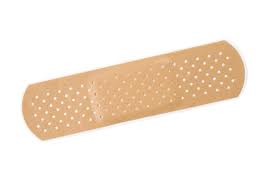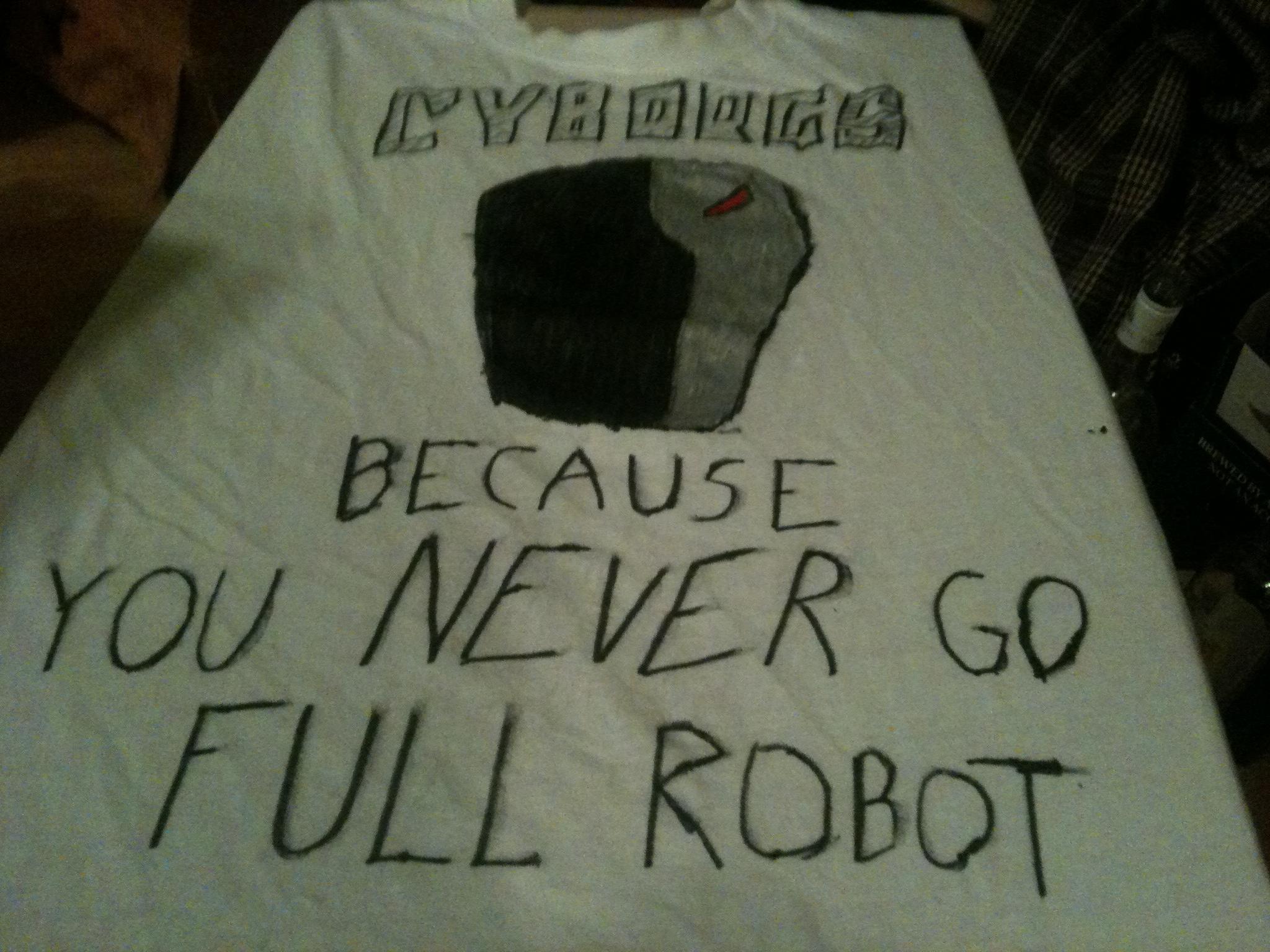This Merchant's Flesh
Circumstances recently led to my discovery of adhesive strips that come in a variety of skin tones. Perhaps they’ve been around for a bit of a while, but I wouldn’t know. I don’t use that stuff. I like to keep my wounds open. Exposed to the elements. That’s how my healing process works.
Anyway, the intent behind their introduction seems clear. The manufacturers must have been trying to address a perceived problem with their product. I just think that they misunderstood the problem.
The fact that their product’s flesh tone was only applicable to white people was unreasonable in their opinion. They set out to create tones that were suitable for various ethnicities. In my opinion, those other ethnicities were the lucky ones in this particular situation.
Let’s take a look at the original flesh tone of this bandage.

Whose flesh is that? That’s not how skin is supposed to look! Even if one Caucasian individual were theoretically lucky enough to have skin of a shade that perfectly matched the colour of this thing, it’s not going to fool anyone who’s standing within 40 metres. It’s rough and slick like rubber. It’s bumpy and ludicrously porous. It’s marked by the same problems that make modern prostheses seem so inimical to me. If I have a choice between something that tries and fails to seem human and something that’s functionally successful in accordance with its own distinct aesthetic, I’ll always choose the latter. Captain Hook’s namesake wasn’t a thing of terror by itself. It was a mere device that afforded its owner some measure of convenience after his altercation with that sneaky crocodile. By the same token, we have that shiny metal hand that Anakin got before he went down the inadvisable path that led to his transformation into the more explicitly robotic Darth Vader.
From opposite ends of the technological spectrum, these prostheses fulfill their duties without making any unjustifiable claims to humanity. Unfortunately, the current state of this science lies mainly in the middle, yet it makes pretensions to the kind of verisimilitude that exists only at the highest end of that spectrum. There’s no use in trying to skip straight to the seamless cybernetic perfection that Luke Skywalker’s replacement hand achieved when you can’t even succeed in replicating the functional versatility of his father’s less comely attachment.
The aesthetic failings of the prosthetic game should be heeded by the makers of these adhesive strips. In both cases, the point stands. If you can’t make the imitation perfect, don’t bother to imitate at all. There’s a reason for which more traditional types of medical dressing have generally been white. It’s a neutral colour. It doesn’t try to seem organic or inconspicuous. It just does its job without putting anyone off. No one feels disturbed at the sight of a white cast. Why did Band-Aid make a mission of mimicking Caucasian skin in the first place? Would a plain white design really be so unbearable? Neither option would fool anyone into ignoring the bandage, but at least the one that’s actually white wouldn’t try to do so.
Now, I haven’t worn one of these things since childhood, but the flesh tone wasn’t preferable even then. The ones that bore bright, gaudy designs were always the clear choice. I think that the last adhesive strip I ever wore had the logo of Spider-Man upon its face. I’d make the same choice today.
The answer to your problem is clear, manufacturer. Remove all the flesh tones. Remove them entirely and replace them with Spider-Man. If that doesn’t work for you for some bizarre reason, plain white is always an option.
Spider-Man’s the safe bet, though.
Bonus Question!
Best flesh? Young.
